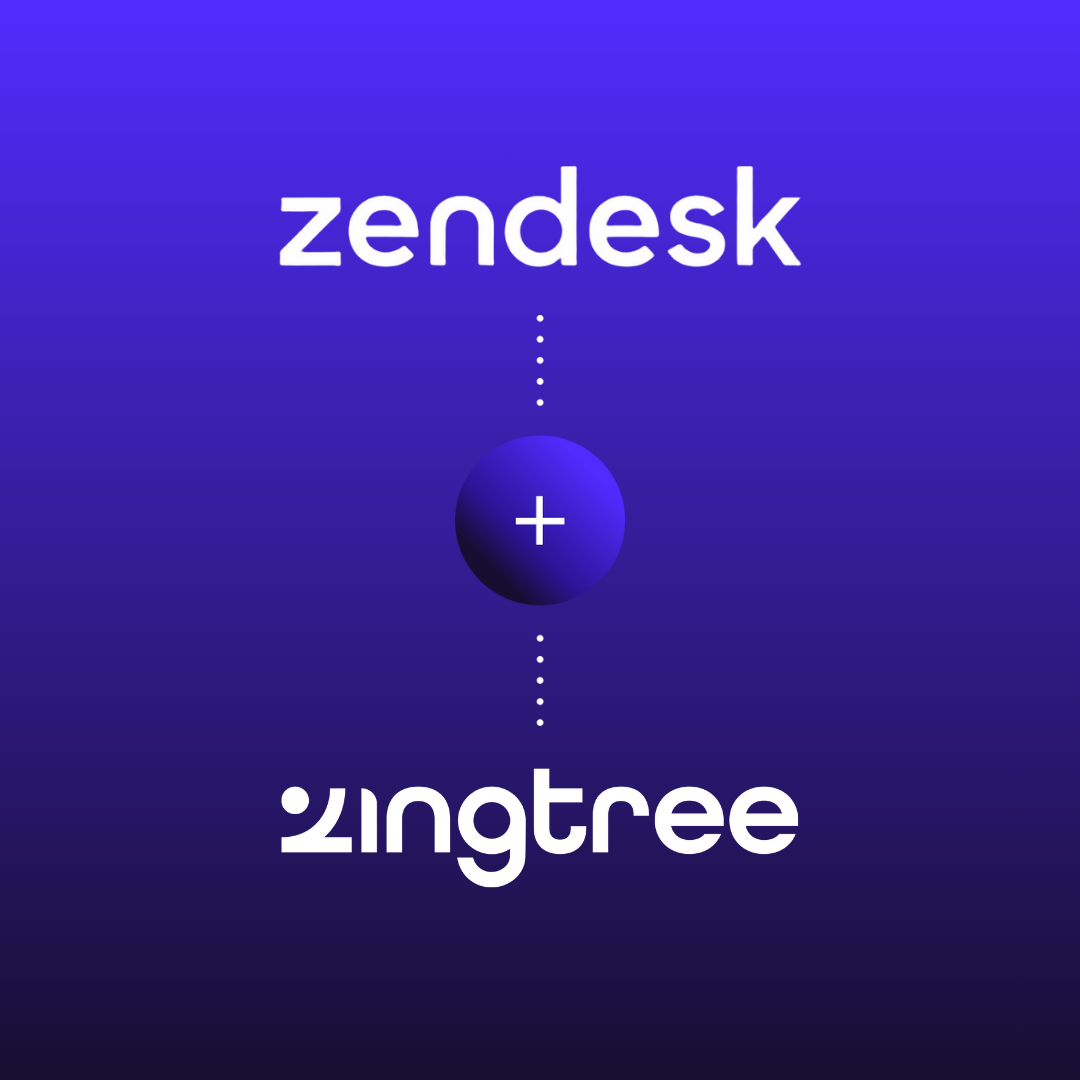Humanizing AI - Where Humans Remain in Control
Continuing a conversation on humanizing artificial intelligence. In this post, we highlight six areas that only humans can truly master, while also highlighting ways AI can positively augment the human’s ability in these areas.

Humanizing AI - Where Humans Remain in Control
Hi there! My name is Marc Chabot and I am the Chief Revenue Officer at Zingtree, responsible for leading the go-to-market team.
This post is part two in a conversation on humanizing artificial intelligence. In the first post, “Humanizing AI”, I explored the debate around AI and its positive and negative possibilities. This included areas where AI is limited, and how AI can successfully augment human intelligence.
As we grow in our reliance on AI technology, it's important to remember that there are certain areas where AI can’t — and probably never will be able to — replace humans. This includes areas where connection, empathy, and emotional intelligence are critical.
In this post, I highlight six areas that only humans can truly master, while also highlighting ways AI can positively augment the human’s ability in these areas.

AI can’t make judgments
AI can help humans make decisions by providing insights and recommendations. AI is really good at analyzing vast amounts of data, and can easily process and analyze input that would be difficult or impossible for a human to do alone. These use cases include analyzing data, predictive analytics, natural language processing, and automation.
However, the final judgment should be left to the human as AI can only provide recommendations based on data-driven analysis tailored to specific needs and goals.
While AI can play a support role, the final judgment should be left to the human. AI can only provide recommendations based on data-driven analysis. While that analysis can be tailored to specific needs and goals, AI only understands what it has been trained on.
Imagine a hospital that uses AI to help diagnose patients.
The AI system can analyze patient data such as lab results, medical history, and symptoms to suggest possible diagnoses. However, the final decision on the diagnosis is made by the human doctor, based on their clinical expertise and judgment that comes from years of medical experience.

AI can’t build a relationship with a human
Building relationships requires human interaction, empathy, and emotional intelligence. AI doesn’t possess any of these things.
Let’s say you run a customer service department for a clothing retailer.
A customer purchases a dress, but the product they receive is a different color. Seeking a quick resolution, they reach out to your agent, but a chatbot provides a pre-written and unsatisfying response. The customer feels frustrated and unheard due to the chatbot's lack of empathy, which ultimately damages their relationship with the company.
The AI fell short, but it can still provide insights and recommendations that may help in this area.
Here’s how AI can help:
- AI can analyze personality traits, relationship history, and communication patterns to provide guidance on how to improve the customer relationship
- AI can assist with reminders and scheduling assistance to help humans stay organized and demonstrate thoughtfulness
- AI can assist in helping route customers through processes that better serve their needs
- AI can help live agents understand the customer and context in far more efficient ways, empowering your agent to express understanding and empathy as they interact with your customers

AI is limited in creativity
AI can help humans be more creative by providing and fast-tracking new ideas and insights, automating certain tasks, and facilitating collaboration. This can include idea generation, image and music creation, content curation, and task automation.
But AI works within the constraints of the data and domain on which it has been trained, limiting AI's ability to innovate or create something new. It can propose new combinations from within the data set, generating new ideas and concepts that humans can expand upon in new ways.
Think of AI as a puzzle solver.
It can analyze and manipulate the pieces within the puzzle, but it’s limited to the puzzle pieces that were in the box. In contrast, humans can create their own pieces and expand the puzzle beyond its original constraints.

AI can’t bring people together in reaching an agreement
AI can assist with reaching an agreement with someone by providing data-driven insights and recommendations, facilitating communication and collaboration, and helping to identify areas of common ground and potential compromise.
But AI can’t replace humans in negotiations, because negotiating requires human interaction and emotional intelligence.
AI can play a strong supporting role through data analysis, natural language processing, collaborative filtering, and decision support but humans should be in the driver’s seat. AI can’t replace the importance of building relationships and empathizing with the other party during the negotiation process.

AI does not believe in anything, nor can it understand a human’s beliefs
Beliefs and emotions are two of the most fundamental aspects of human experience. Our beliefs shape our perceptions of the world and the people around us.
As AI continues to advance, many wonder whether it can influence or replace these core elements of humanity.
AI is not designed to change an individual's beliefs or convictions. Rather, it operates on data and algorithms and provides insights based on that data. That being said, AI can be a useful tool to help individuals gain a better understanding of a particular topic through data analysis, which may lead to a shift in their beliefs or perspectives over time.
Additionally, AI-powered recommendation engines can suggest relevant articles, videos, and other resources related to a particular topic or issue. This can help individuals to explore different perspectives and gain a more comprehensive understanding of the topic.
AI can also analyze social media posts, news articles, and other forms of content to identify patterns and trends related to a particular topic or issue. This can help individuals to understand the broader context and sentiment related to the topic.
Furthermore, AI can use predictive modeling to help individuals understand the potential outcomes of different scenarios related to a particular topic or issue. Again, this can help to inform their beliefs and decision-making.

AI is not capable of experiencing emotions such as empathy & love
AI is not capable of experiencing emotions such as love, nor is it capable of fostering emotional connections or relationships with humans.
However, AI can be used to facilitate connections and interactions between individuals, which may lead to the development of relationships and love.
For example, AI-powered dating apps can use algorithms to analyze user data and preferences, providing recommendations for potential matches. This can help individuals to connect with others who share similar interests and values, potentially leading to the development of romantic relationships. AI-powered chatbots can also provide personalized advice and support to individuals struggling with relationship issues, helping them work through challenges and improve communication and connection with their partners.
AI-powered virtual assistants can learn about an individual's preferences, interests, and habits, providing personalized recommendations and assistance. This can help individuals to feel understood and cared for, potentially leading to the development of emotional connections.
Additionally, AI-powered language translation tools can help individuals to communicate with others who speak different languages, facilitating connections and relationships across cultures.
While AI can be helpful in facilitating connections and interactions between humans, human emotions and relationships are complex and multifaceted. Technology can’t replace or predict them.
AI is helpful, but limited
While AI can provide valuable assistance in certain areas, it's important to recognize that there are limitations to what it can do.
Humans should still be involved in areas where human interaction, empathy, and emotional intelligence are necessary for success. By working together, humans and AI can create a more efficient and effective future.
Stay Updated on the Latest Insights for Humanizing AI
If you found this post valuable, I encourage you to subscribe to the Zingtree blog for more insights on this topic.


.svg)
.svg)
.svg)



